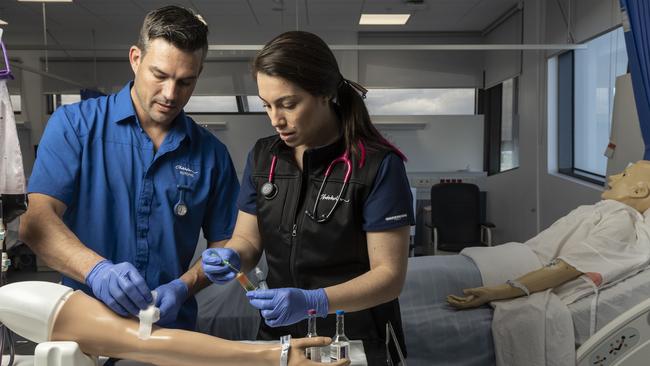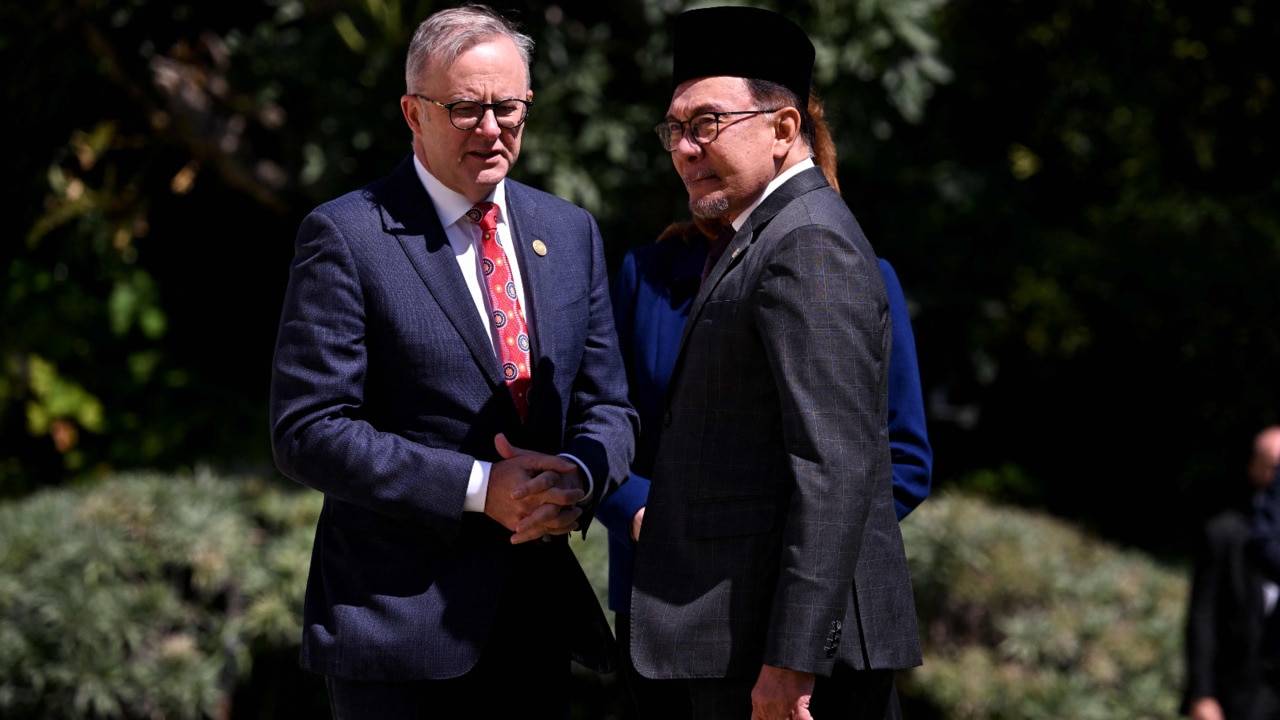Slow growth in TAFE places despite Labor’s fee-free policy
There was virtually zero growth in the number of students enrolled in vocational education in 2023, calling into question Labor’s claim that its signature fee-free TAFE policy has been a ‘smashing’ success.

The number of students enrolled in vocational education barely changed last year, calling into question the “smashing” success of Labor’s signature fee-free TAFE policy in addressing the nation’s critical skills shortages.
Skills Minister Brendan O’Connor in late February told parliament he was “happy to inform the house that we’ve well and truly smashed our original target of 180,000 fee-free TAFE places for 2023, enabling 350,000 Australians to enrol in courses that will improve their employment prospects in this country”.
Mr O’Connor placed the success of the program in the context of the most severe skills crisis in 50 years, pointing to progress in filling training gaps required to create the workforce of the future, which includes areas such as aged care, healthcare, cyber security, and green energy.
Official figures released this past week for the 2023 year to September show the total number of government-funded students in public and private vocational training increased by fewer than 20,000, or 1.7 per cent, to 1.07 million, versus the same period in the previous year.
Data from the National Centre for Vocational Education Research revealed that over the nine-month period, government-funded TAFE students lifted by 880, or 0.2 per cent to 565,200.

The figures show the government was able to exceed its 180,000 fee-free TAFE places target because it was covering the costs of courses for students who were already enrolled.
The government initially committed $493m – to be matched by the states – to deliver an originally planned 180,000 fee-free enrolments in 2023, and has since promised a further $414m for 300,000 more in 2024.
The NCVER figures showed government-funded VET students in NSW actually fell by nearly 24,000 in the year to September 2023.
Opposition skills and training spokeswoman Sussan Ley said the new figures undermined government claims that their signature vocational training policy was achieving what it had set out to do. “Fee-free TAFE has not generated any substantial increase in the number of Australians taking up training; we are concerned that under Labor, commonwealth skills funding is merely subsidising state budgets,” she said.
Ms Ley said the former Coalition government’s JobTrainer program in 2021 had done more to drive new enrolments, and the number of government-funded enrolments had dropped by 50,000 over the two years to September 2023.
Mr O’Connor hit back, telling The Australian “if the Coalition wants to criticise the fact that 350,000 Australians have been able to go to TAFE without paying fees, that shows just how much they care about people doing it tough due to cost-of-living pressures”.

“Not only did fee-free TAFE remove cost barriers and give those apprentices, trainees and students the opportunity to enter more secure, well-paid careers, but it locked in a stream of students in training to address current and future skills shortages, at a time of very low levels of unemployment,” he said.
“I know from talking with fee-free TAFE students just how much of a difference not having to stress about fees has made to their lives – a Victorian studying to become a nurse could save more than $15,000, a Queenslander studying to be a support worker can save up to $5685 or a South Australian studying community service can save $7700.”
Experts agreed the gap between fee-free TAFE enrolments and the increase in number of students in taxpayer-supported training was due to already enrolled students being able to access extra government support through Labor’s program.
Claire Field, an independent consultant to the VET sector, said that 300,000 enrolments in fee-free TAFE in the year to September was “an excellent number, but when you unpack it, while there is still a positive story to tell, it’s not quite as good as it is claimed”.
She said the economic context – especially multi-decade lows in unemployment – had to be taken into account when judging the relative merits of fee-free TAFE against the previous government’s policy, as well as its overall success. “If the government wasn’t stepping in to pay student fees, would we have had as many students last year as we had? Because what we have been seeing is in a tight labour market, demand for study has dulled,” she said.




To join the conversation, please log in. Don't have an account? Register
Join the conversation, you are commenting as Logout